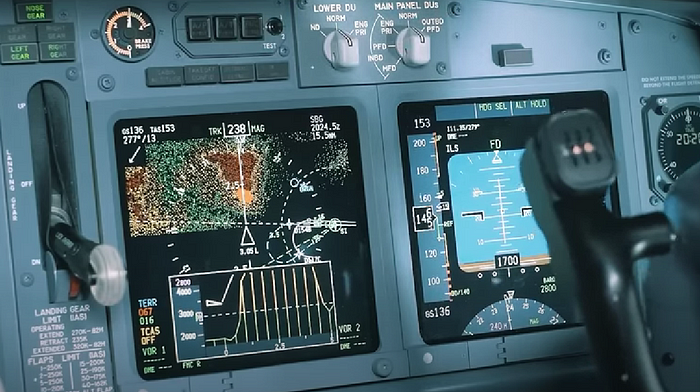How Russia is jamming GPS signals from Kaliningrad and what NATO can do about it

Russia has been accused of disrupting GPS signals in the Baltic Sea region from its enclave of Kaliningrad, a small territory wedged between NATO members Poland and Lithuania. According to the European Union Aviation Safety Agency (EASA), the GPS interference poses a risk for civil aviation and could also affect other critical infrastructures that rely on satellite navigation.
The GPS jamming is seen as part of Russia’s electronic warfare (EW) strategy, which aims to hinder NATO’s activities and operations in the area. Russia has a large EW arsenal, including jammers, spoofers, hackers, and cyber weapons, that it has used in various conflicts and exercises, such as in Ukraine, Syria, and Zapad 17.
One of the suspected sources of the GPS jamming from Kaliningrad is a secretive Russian EW complex called Tobol, which is capable of disrupting satellite communications and navigation over a wide range. Tobol is one of the few EW systems that Russia has deployed outside its mainland, along with Krasukha and Murmansk-BN.
The GPS jamming is not only a nuisance for NATO, but also a potential threat. Jamming can degrade the accuracy and reliability of GPS signals, which are essential for many military and civilian applications, such as navigation, timing, positioning, and synchronization. Jamming can also create confusion and uncertainty, as well as increase the risk of accidents and incidents. For example, in 2016, South Korea reported that hundreds of fishing vessels had to return to port after their GPS signals were jammed by North Korea. In 2022, the European Union Aviation Safety Agency (EASA) issued a safety information bulletin warning of GPS jamming and spoofing incidents affecting civil aviation in the Eastern Mediterranean and the Middle East. In 2023, the London Stock Exchange experienced repeated GPS outages, affecting the timestamping of financial transactions. To counter the GPS jamming threat, NATO has invested in improving its own electronic warfare (EW) capabilities, such as sensors, jammers, and countermeasures, as well as enhancing its resilience, awareness, and training. NATO has also cooperated with its partners, such as Finland and Sweden, to share information and best practices on EW. Furthermore, NATO has supported the development and deployment of anti-jamming and anti-spoofing systems, which can distinguish true GPS signals from jammers and spoofers, enabling GPS location and timing services to continue even while under attack.
NATO is aware of the challenge posed by Russia’s EW capabilities and has taken steps to counter them. NATO has invested in improving its own EW capabilities, such as sensors, jammers, and countermeasures, as well as enhancing its resilience, awareness, and training. NATO has also cooperated with its partners, such as Finland and Sweden, to share information and best practices on EW. For example, NATO Secretary General Jens Stoltenberg praised Finland and Sweden’s close partnership with NATO while visiting the Berga Naval Base with the North Atlantic Council, on 27 October 2021. During the visit, they had the opportunity to witness the joint Swedish/Finnish Naval Exercise, SWENEX-21, which involved EW scenarios.
